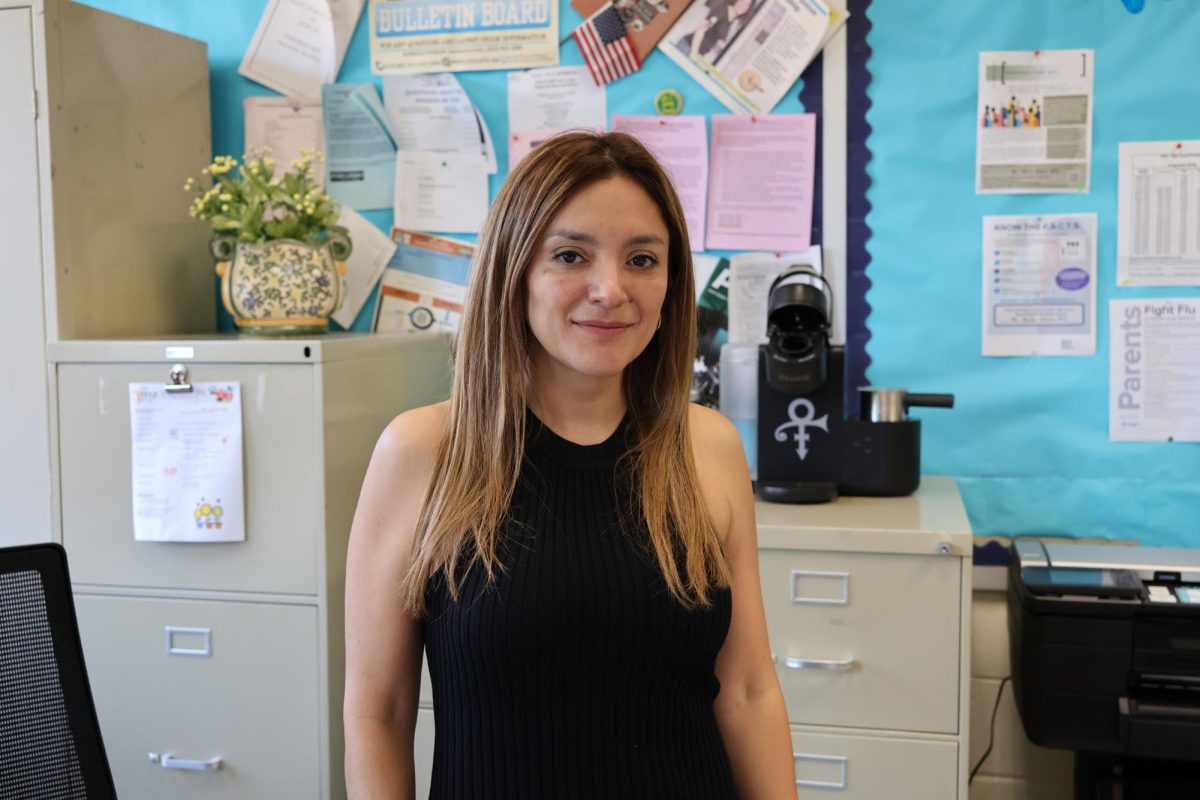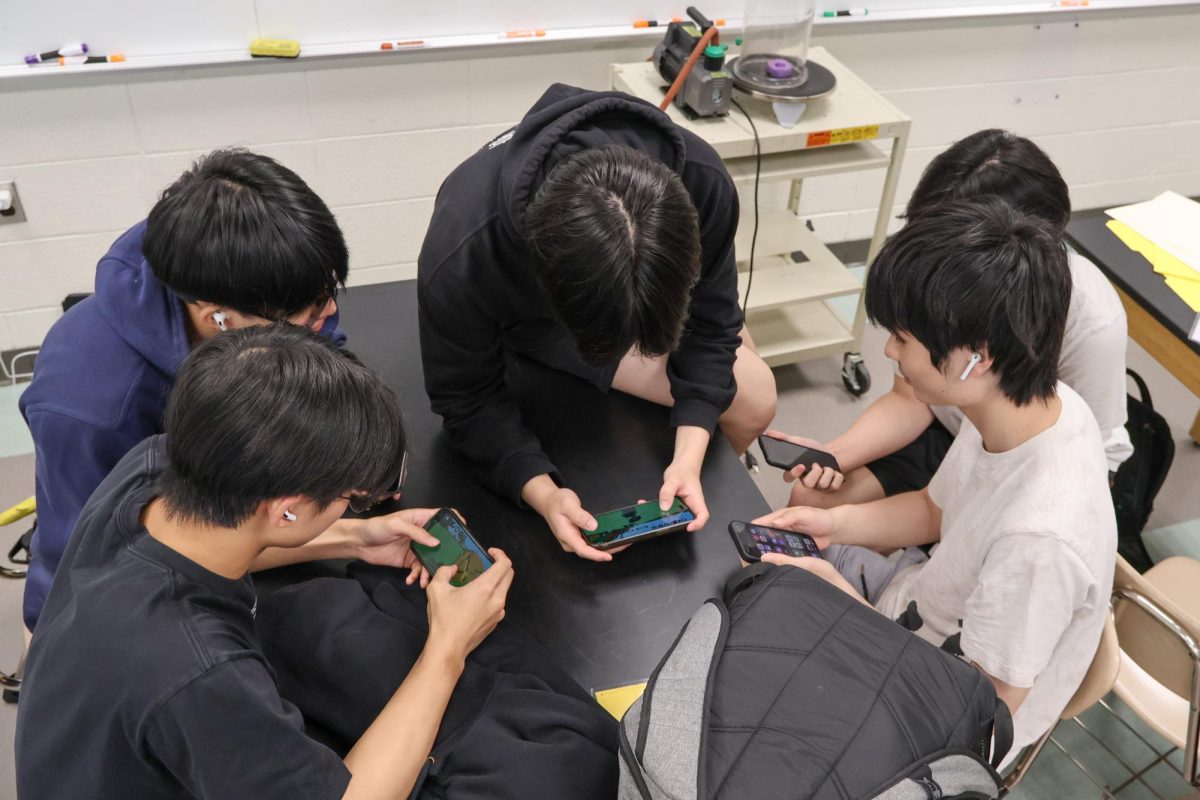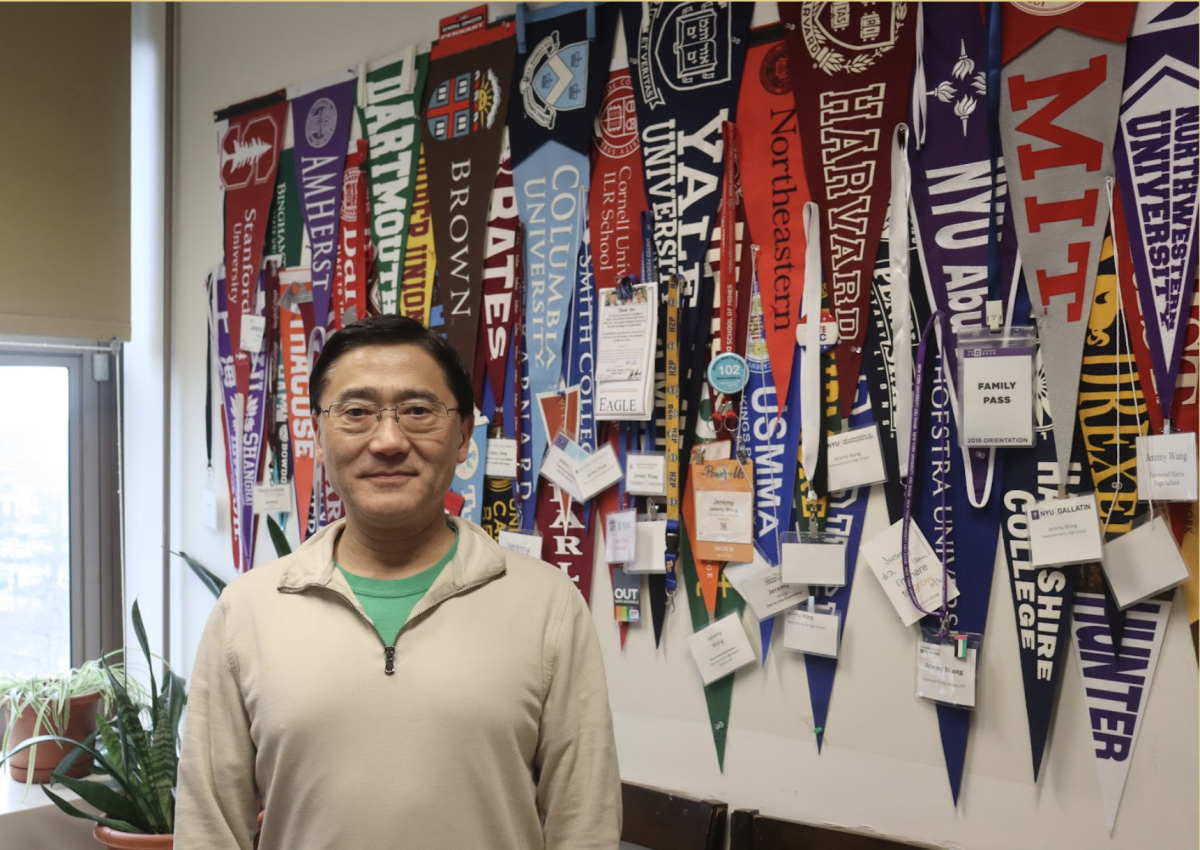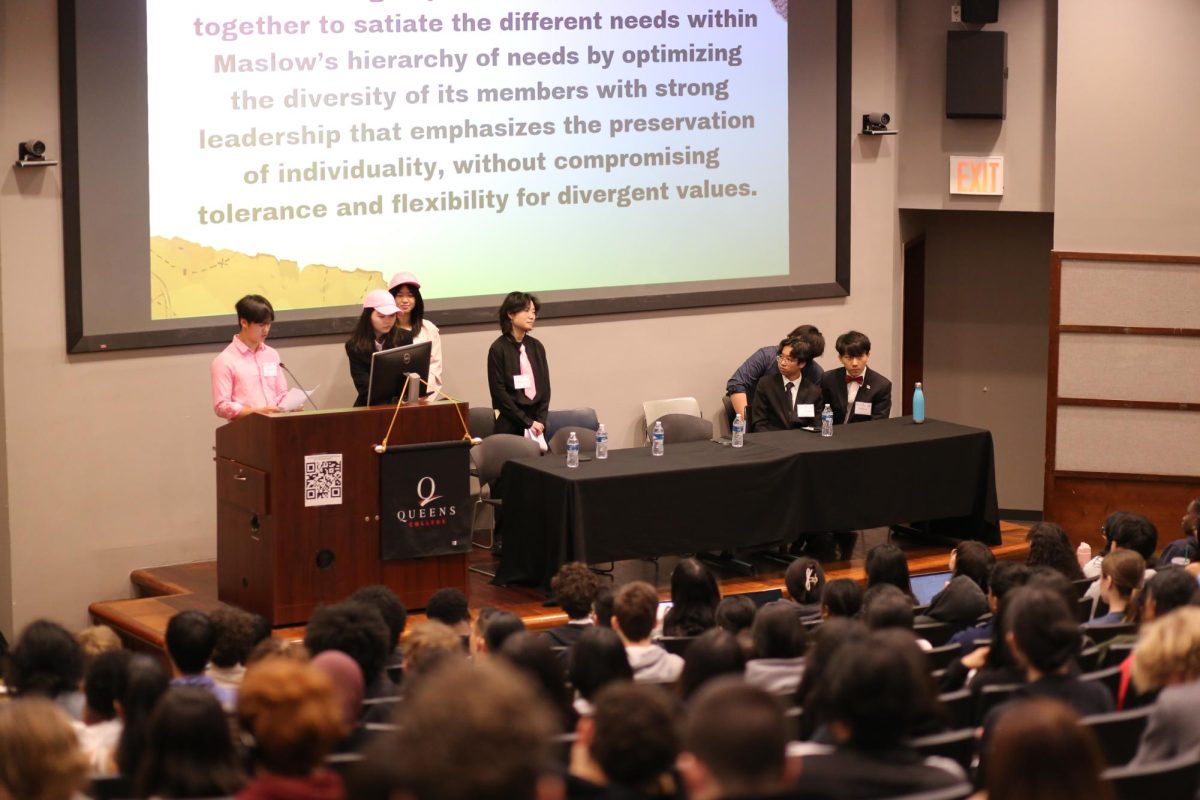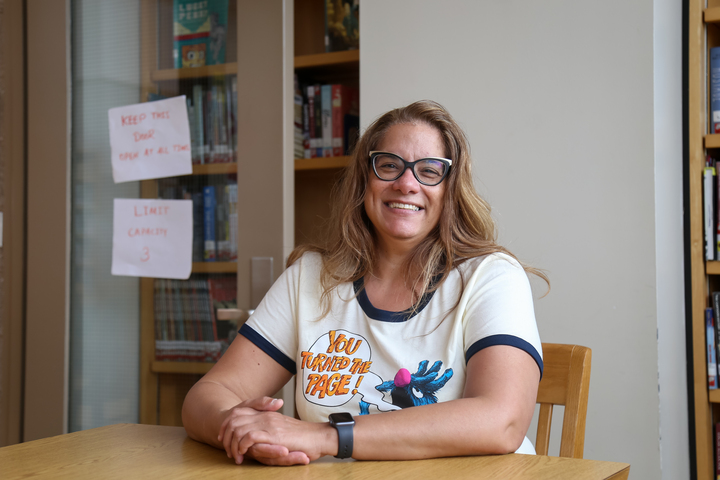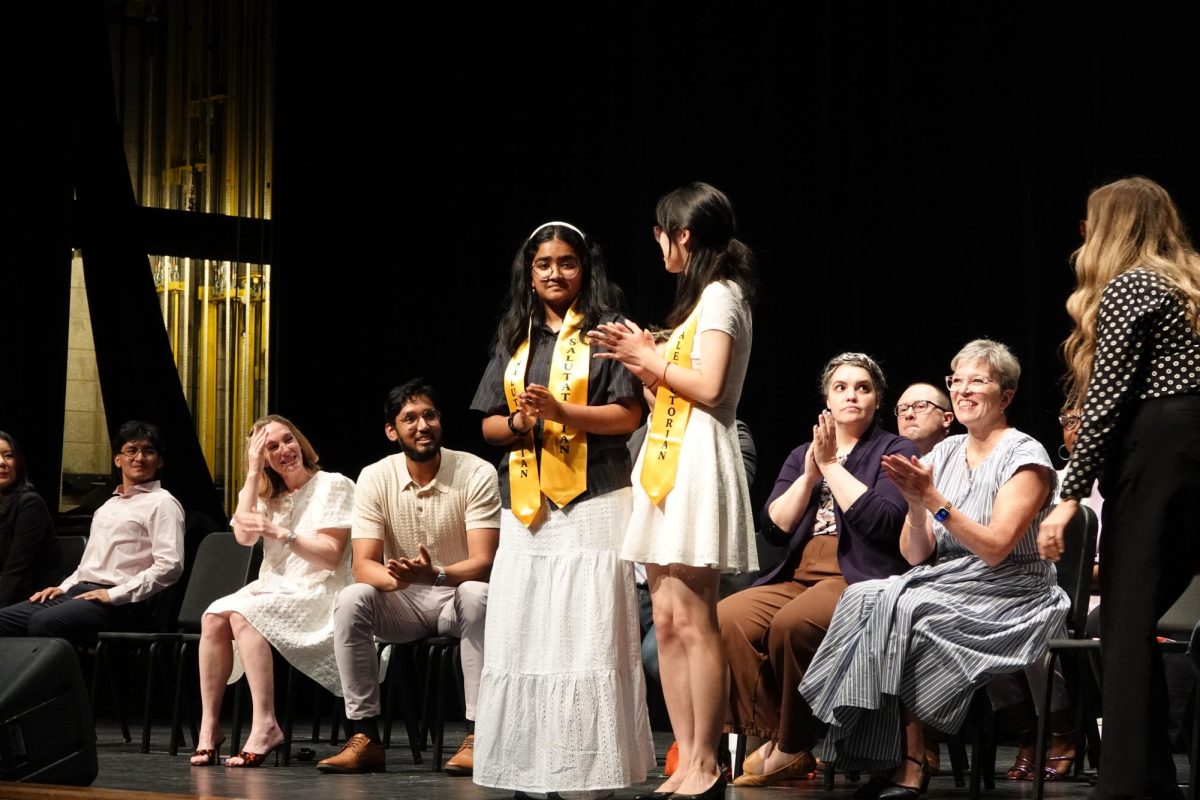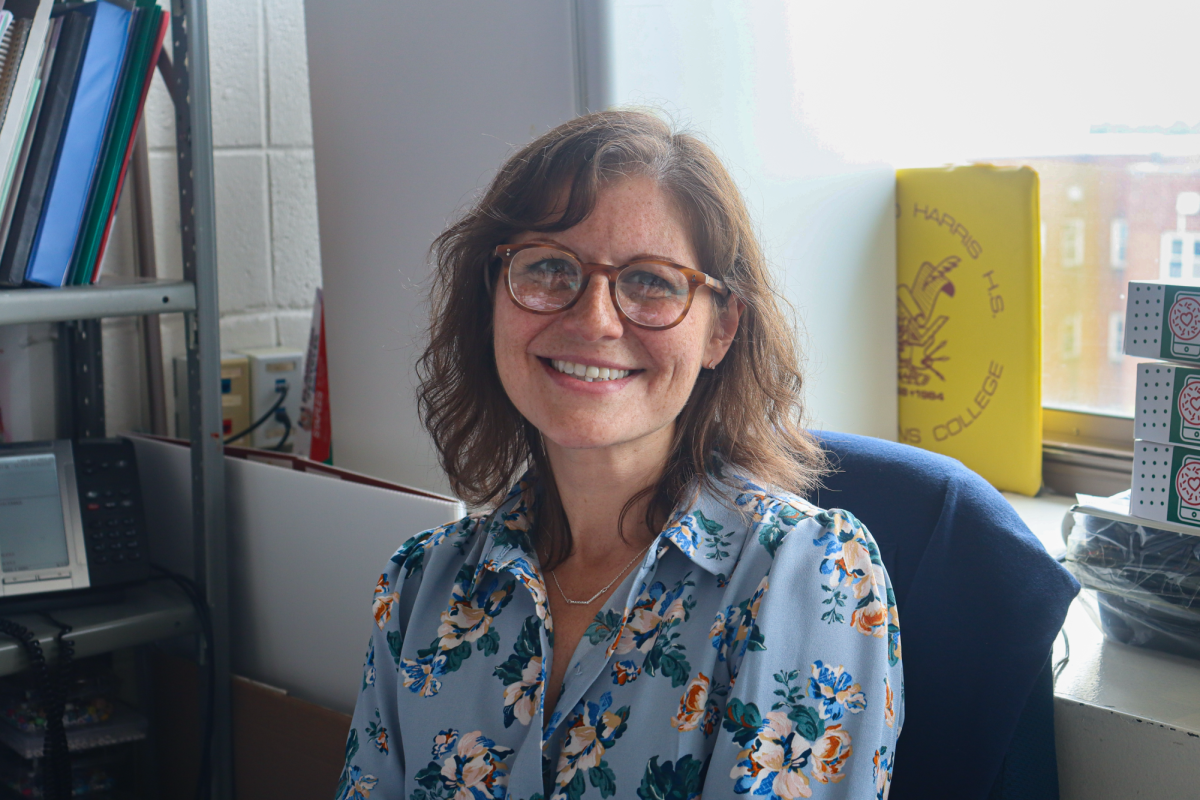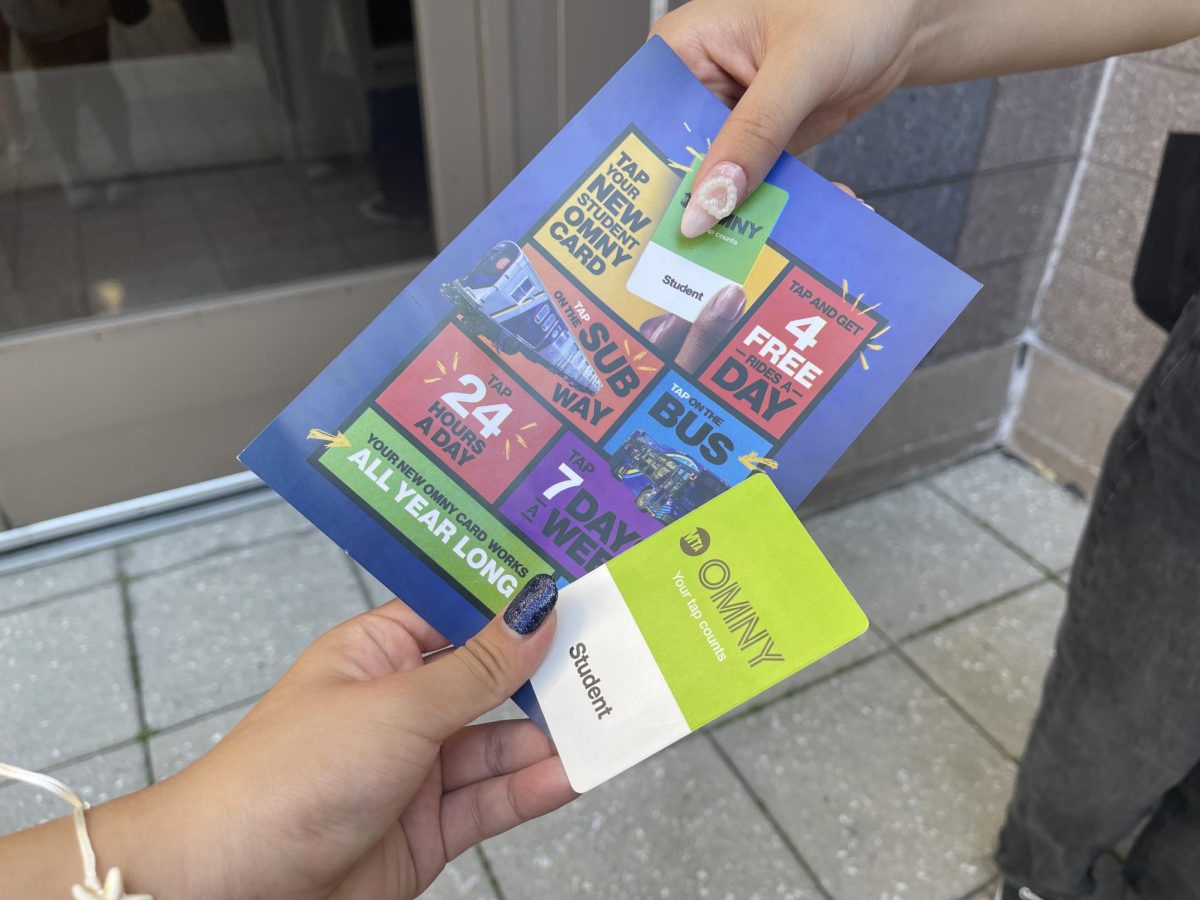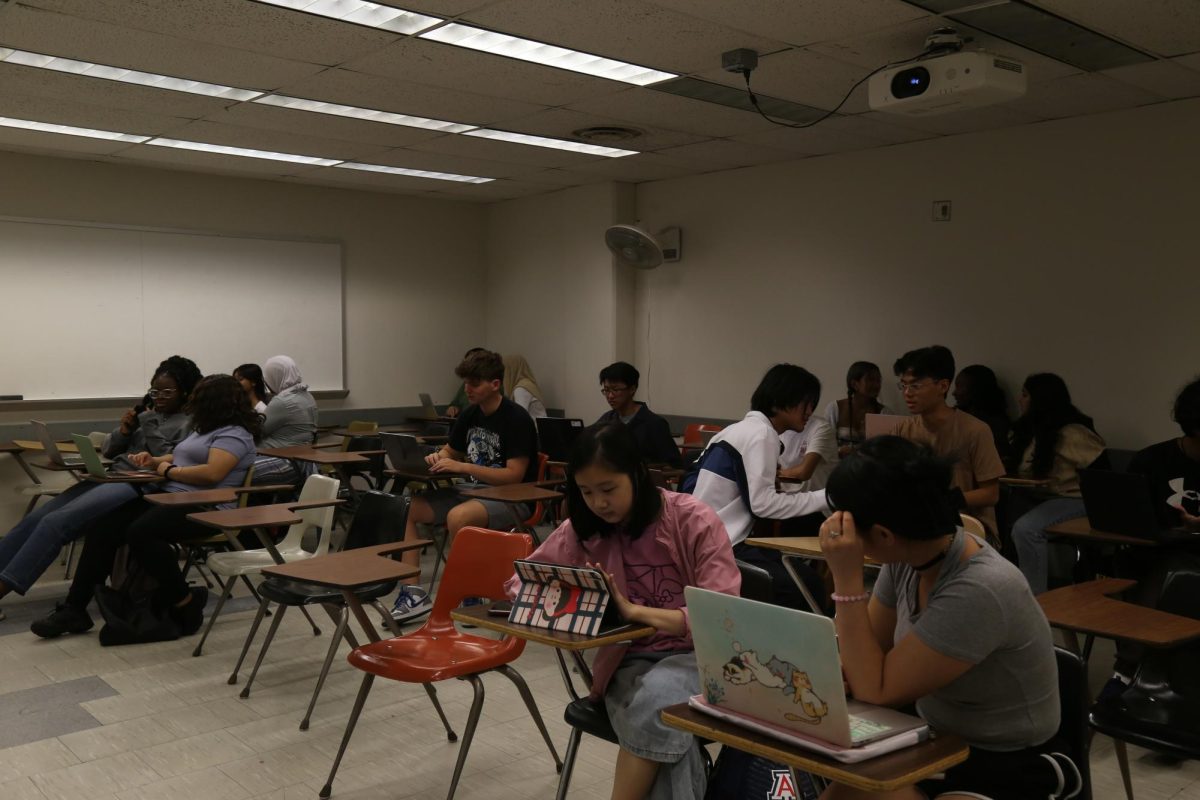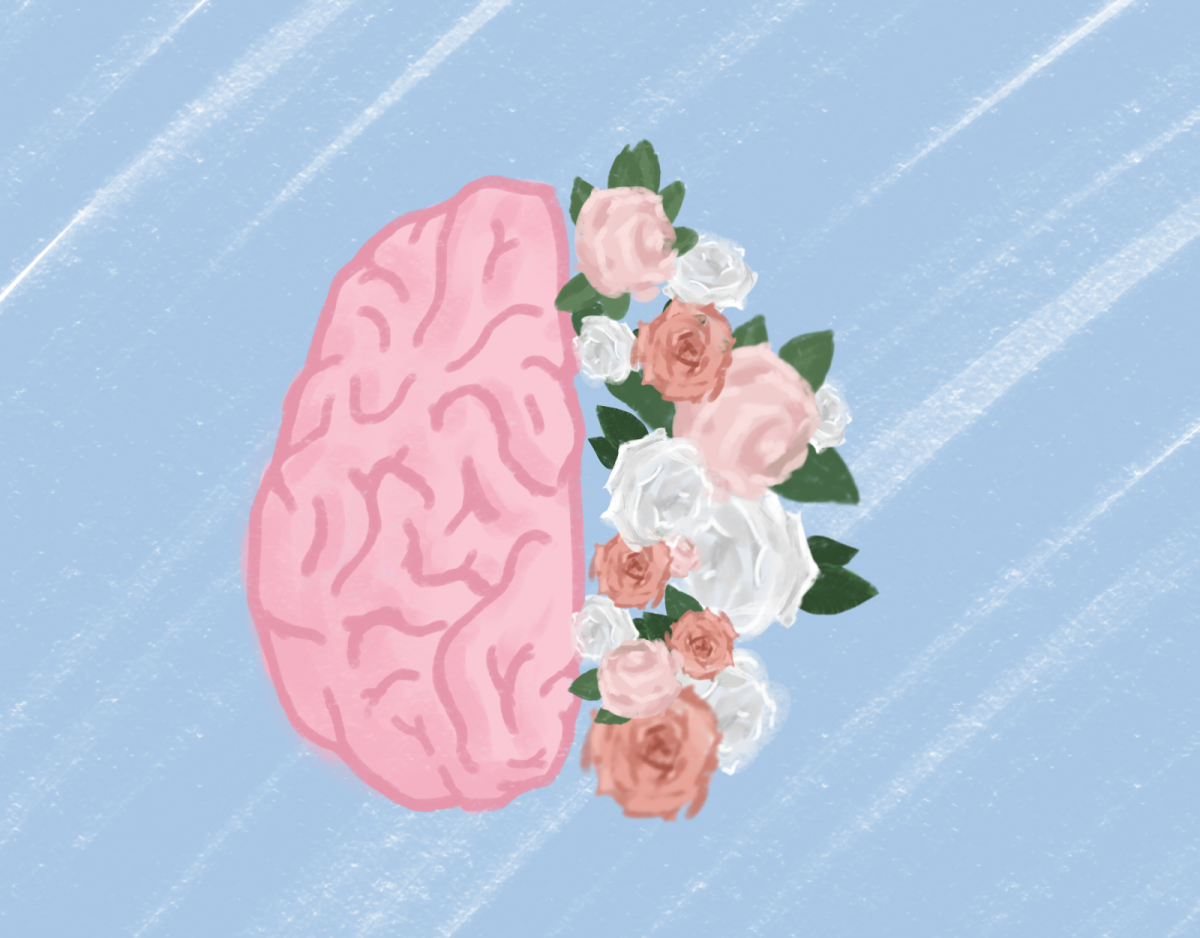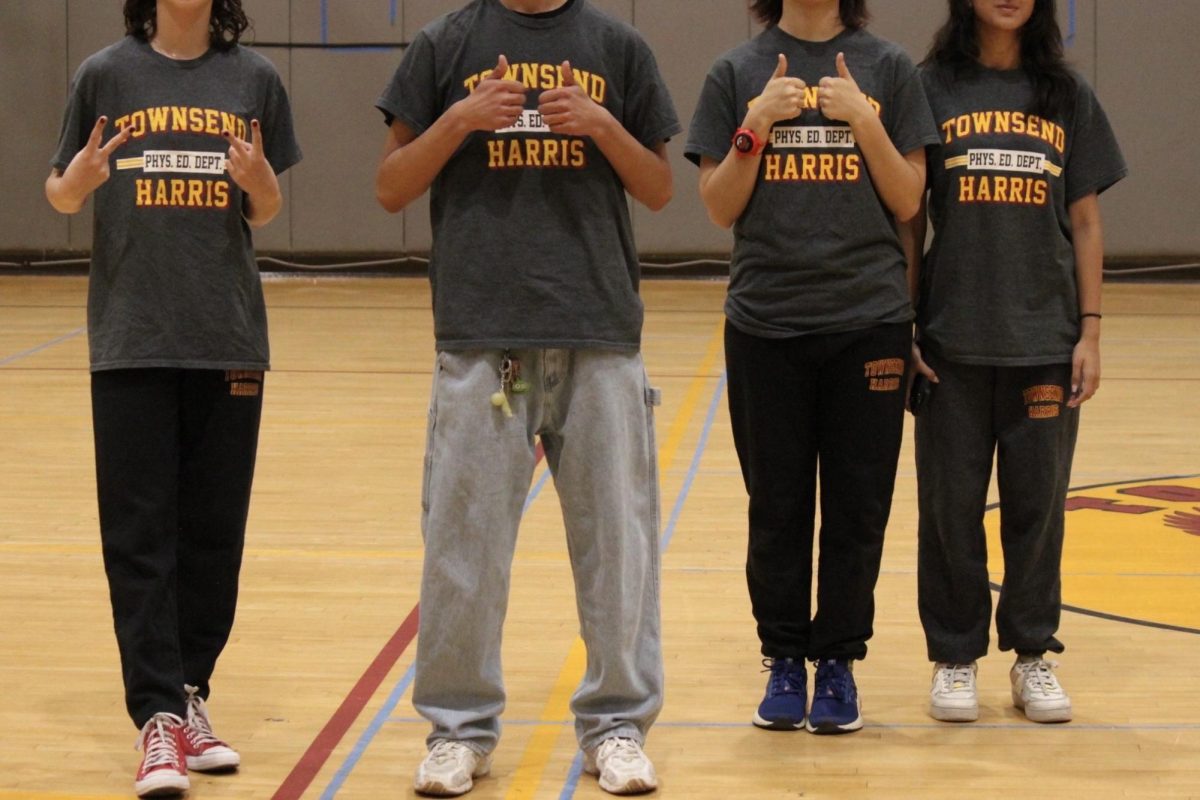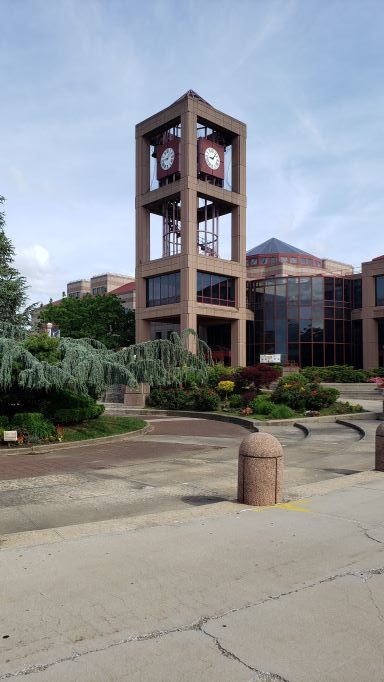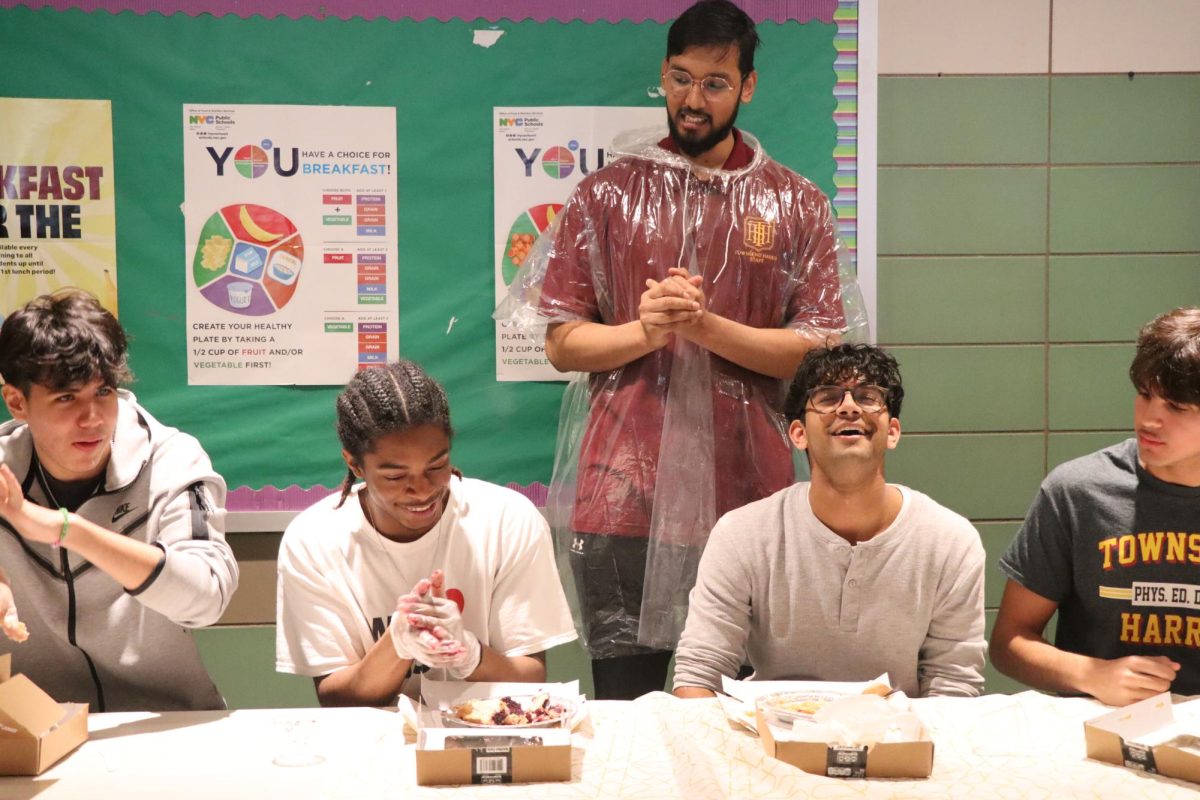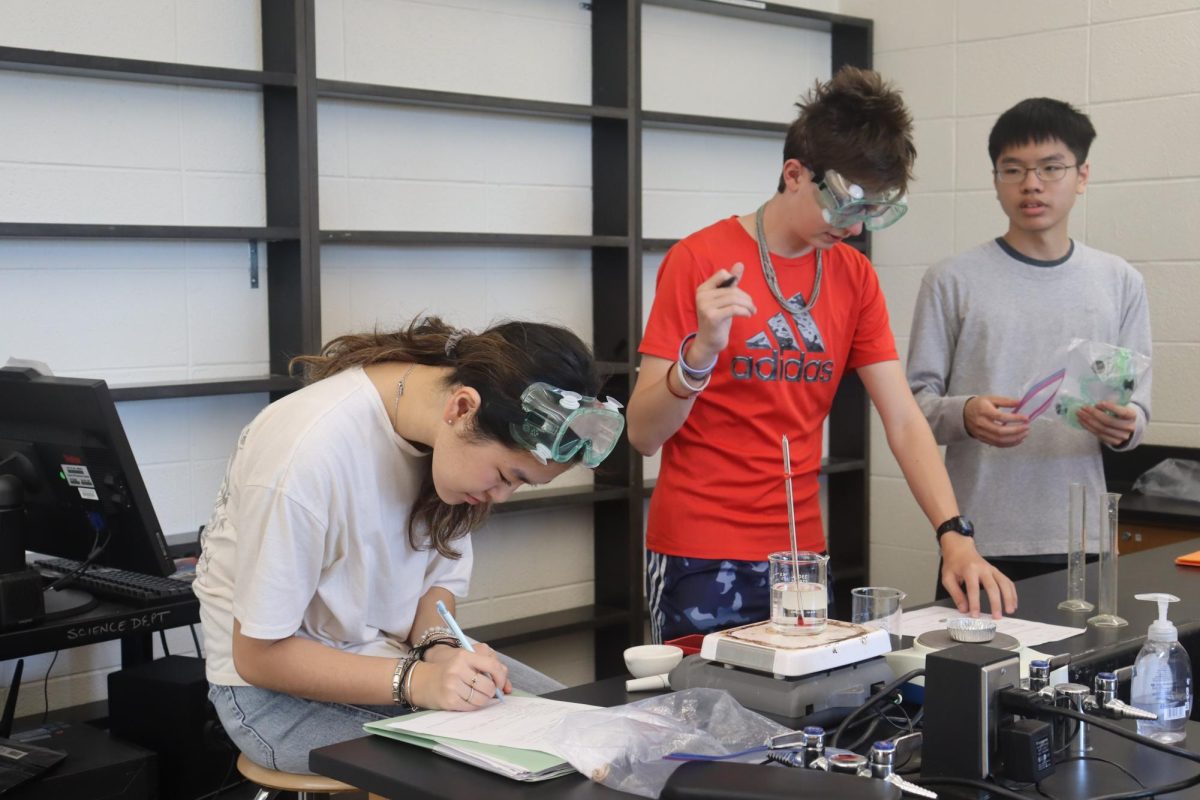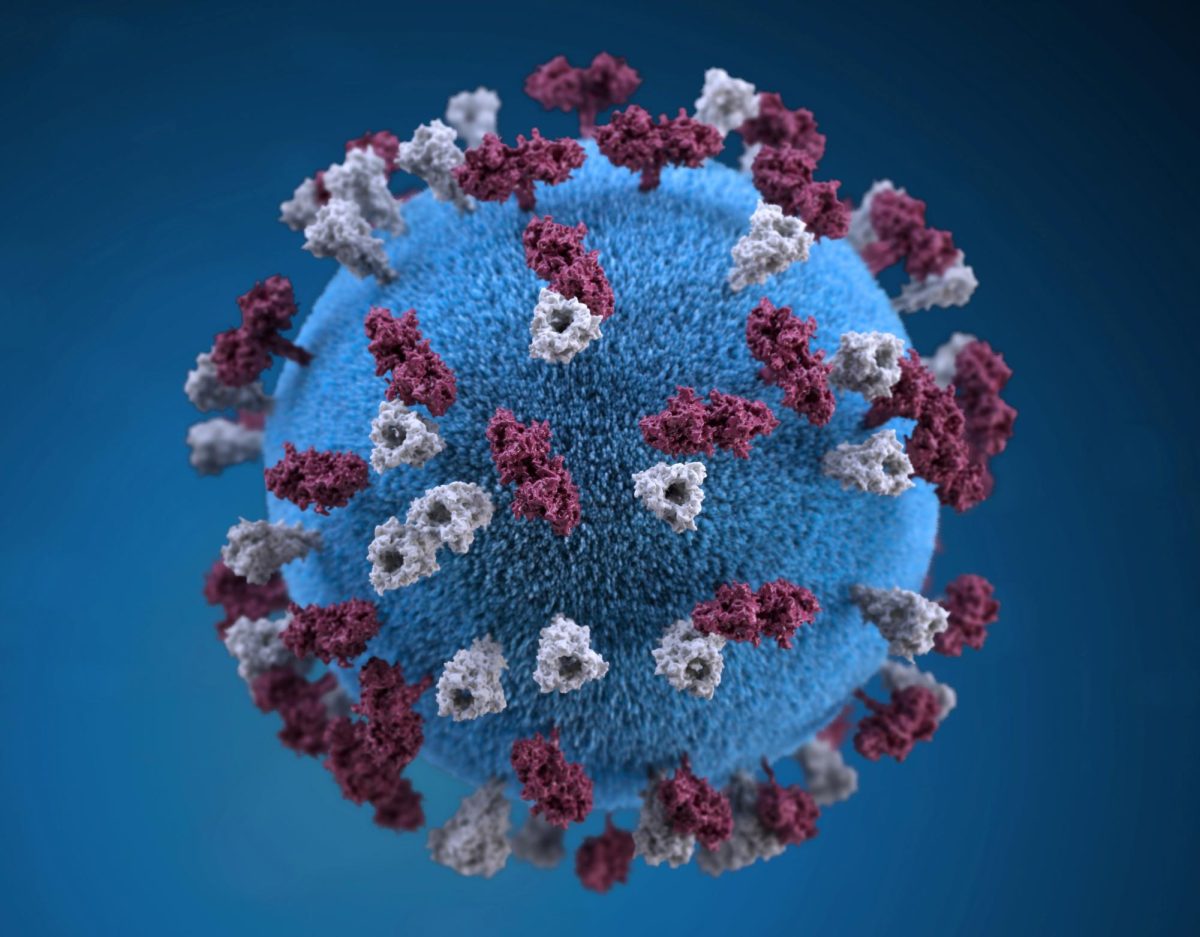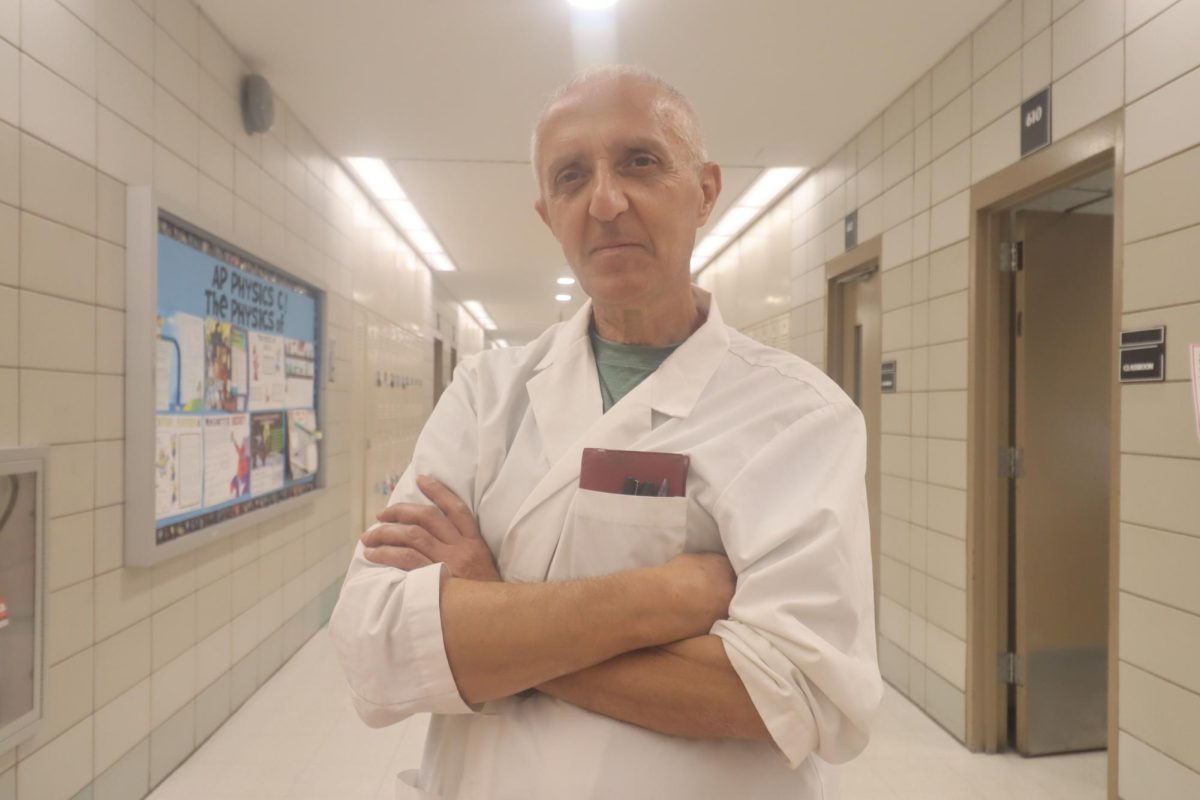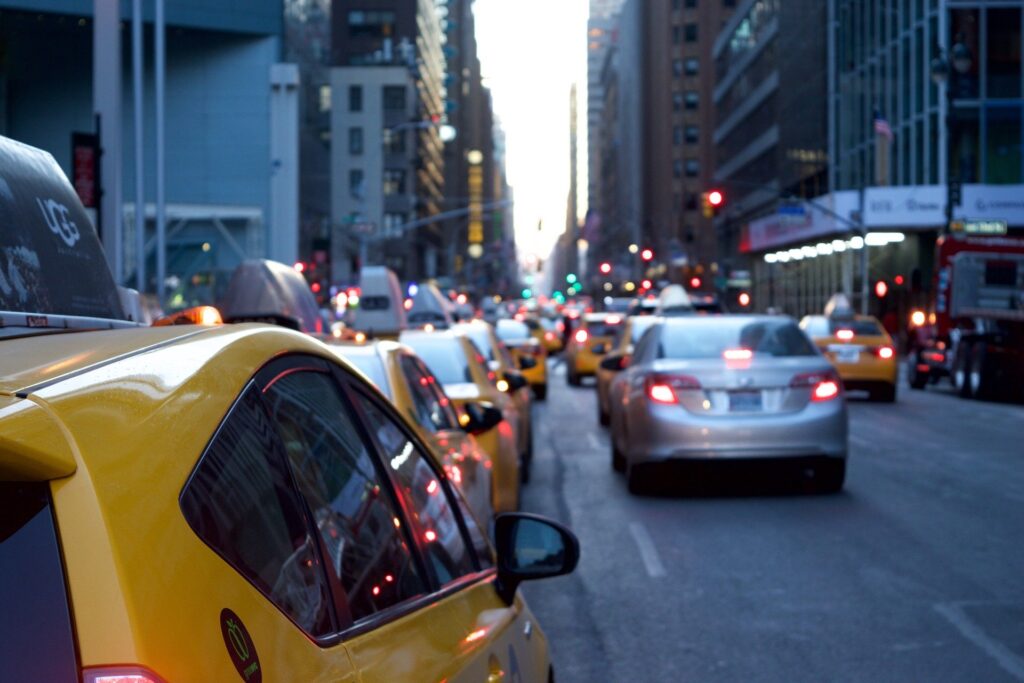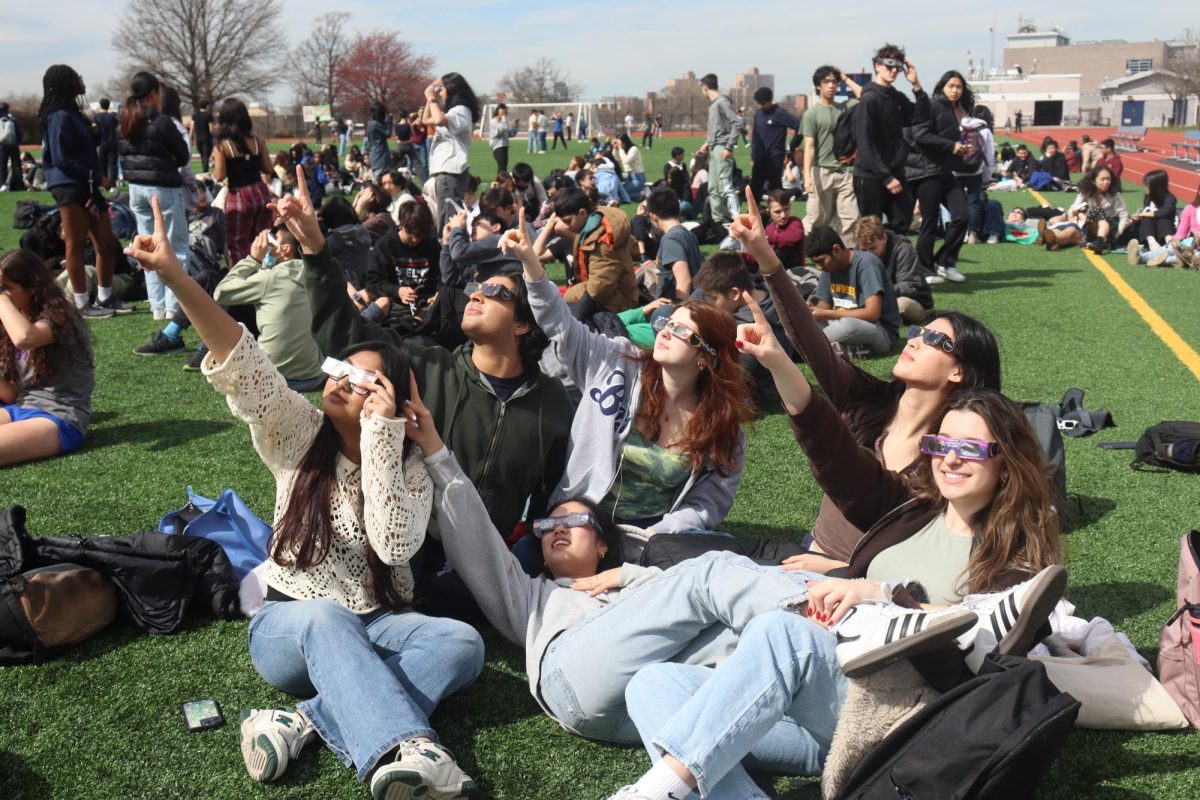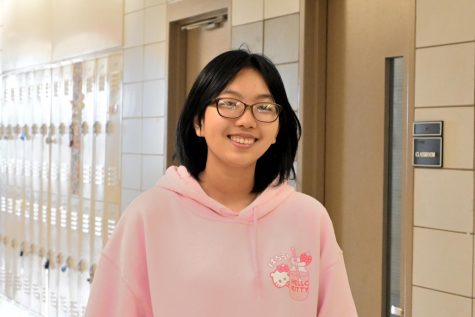
The hustle and bustle lifestyle is omnipresent in this increasingly fast paced world. Transportation is vital to traveling from home to work, restaurants, libraries, hospitals, and for the countless number of Harrisites, getting to school.
It is no secret that public transit and shared driving has taken a hard hit since the onset of COVID-19. The MTA relies on commuter fares for 40 percent of operating costs, but with ridership being down 75 to 80 percent compared to the previous year due to COVID, according to New York State’s financial outlook report, and COVID cleaning costs estimated to be over 500 million dollars each year for 2020 and 2021, money is certainly tight. In fact, to cover their maintenance fees, the MTA needs billions. Other means of transport have similarly been affected. According to Forbes, Uber and Lyft ridership has dropped about 70 to 80 percent, and according to The New York Times, NYC’s taxi industry revenue has dropped more than 80%.
Many individuals are avoiding public transportation and cited fear of catching COVID and a fear of surges as the main reason for choosing private vehicles or simply staying home. Although protection devices between the passenger and driver, like plastic barriers and masks can be implemented, social distancing is virtually impossible. Sophomore Anjelene Lacuas said, “Being in a confined space with another stranger doesn’t sound completely safe during this time.” AP Physics teacher Joshua Raghunath has avoided public transport entirely because of his immunosuppressed daughter, who is at an even greater risk of the virus. “As a family we have been fairly strict with the risks we are willing to take in the COVID 19 era,” he said. Overall, there seems to be resounding distress among passengers and even drivers due to the interactive nature of shared driving and public transit. Cue driverless or autonomous vehicles. This could very well be a promising solution and a great step forward in technological advancement.
Autonomous modes of transportation are not anything entirely new or unheard of. Scientists, programmers, and engineers have been trying for decades to create and perfect the autonomous car, but the task has been proved to be a lot more difficult than expected. However, recently, Zoox, an autonomous vehicle start-up owned by Amazon, has unveiled its electric, fully self-driving passenger car. This futuristic, sleek, shuttle bus was created with the motto, “Built for riders not drivers,” to, as its name suggests, function as a “carriage-style” vehicle. It operates using cameras, lidars, and radars to sense and have a 360 degree “view” of its surroundings. It’s internal computing system is able to use the information from it’s sensors to drive and make driving decisions. Several other companies, such as Waymo and Tesla, have also been testing their own robotaxis in hopes of implementing them into people’s daily lives. They also believe their robotaxi will be safer to passengers because it eliminates the deaths caused by human error.
There are, however, still several concerns about safety, especially while robotaxis are still being developed., “I think it would be interesting to see these changes, but I think I would only look forward to them if autonomous vehicles were shown to be much safer or at least just as safe as regular driving,” Anjelene said.
Many other students have similar doubts, like senior Joyce Zheng, who said, “My initial thoughts on driverless cars was like ‘I don’t really trust it’. I thought of this MIT moral machine where they test who should be sacrificed when the driving car is in control. The concern I have with them is exactly that, what the machine or the driverless car thinks who or what is worth less or more when it comes to the person or people inside the car.”
Alternatively, AP Physics teacher Mr. Raghunath said he believes that “[the] benefits of autonomous vehicles are an increase in safety while on the road as statistically the majority of accidents are due to driver error. They would allow greater independence to individuals who previously had limited mobility options such as senior citizens and physically handicapped individuals. They also have the potential to lower carbon emissions by ride sharing and lower[ing] the financial costs that drivers experience.” Although the question whether autonomous vehicles can make the same decisions human drivers do still lingers in the mind of the public, autonomy might cancel out human error and be beneficial in other aspects.
The value and usage of autonomous vehicles are expected to rapidly grow in the next few years, with experts estimating them to be worth $2 trillion annually by 2030. It is also predicted that around the same time, there will be enough advancements in technology and accommodations for robotaxis in the world around us for them to be available to the general public. With this amount of growth predicted in the industry, it is expected that this will have a big impact on the economy.
Although the efficiency, accessibility and safety features of these vehicles will most likely benefit the public, it also raises a new problem. As Freshman Zara Islam said, “…once there are autonomous vehicles, there will be no purpose for Uber drives, taxi drivers, truck drivers, ambulance drivers, etc. These individuals will be put out of their jobs.” Professional driving is a common career upheld by taxi drivers, bus drivers, truck drivers, delivery services, and more. Therefore, this progression to autonomous vehicles will cost more than 4 million people their jobs and $150 billion of annual income.
Some hope lies in the creation of jobs in the autonomous vehicles industry. The rise of these vehicles will require more engineers and programmers to create these cars. However, this will require more education and specialization which many professional drivers do not have. Where these people will find a new income still remains uncertain.
Robotaxis and autonomy might be saving grace for public transportation and the transportation of the future. Especially during the age of COVID and potential future pandemics, many of the eminent risks associated with shared driving will be reduced for people dependent on public transportation. Despite the concerns of safety without human control and job obsolescence, it seems like for a negative there are positives to balance: elimination of human error deaths and more jobs in STEM fields. As junior Madeleine Deschamps said “I think the idea is very cool. It’s something previously thought and fantasized about through movies and stuff, so hearing that people are working to make this a reality is exciting.” Well, this may not simply be a fantasy and one day, in the near or distant future, Townsend students may be commuting to and from school on fully autonomous buses on a road of fully autonomous cars.

